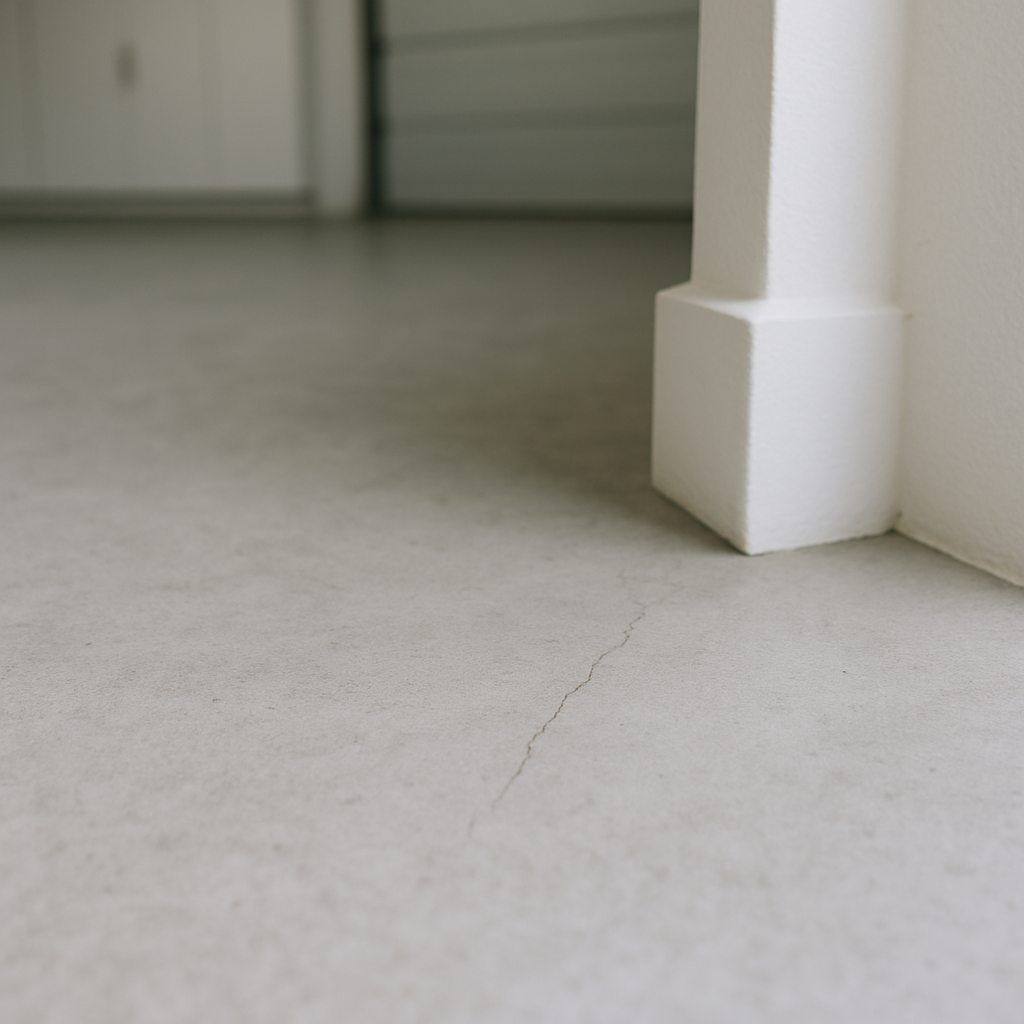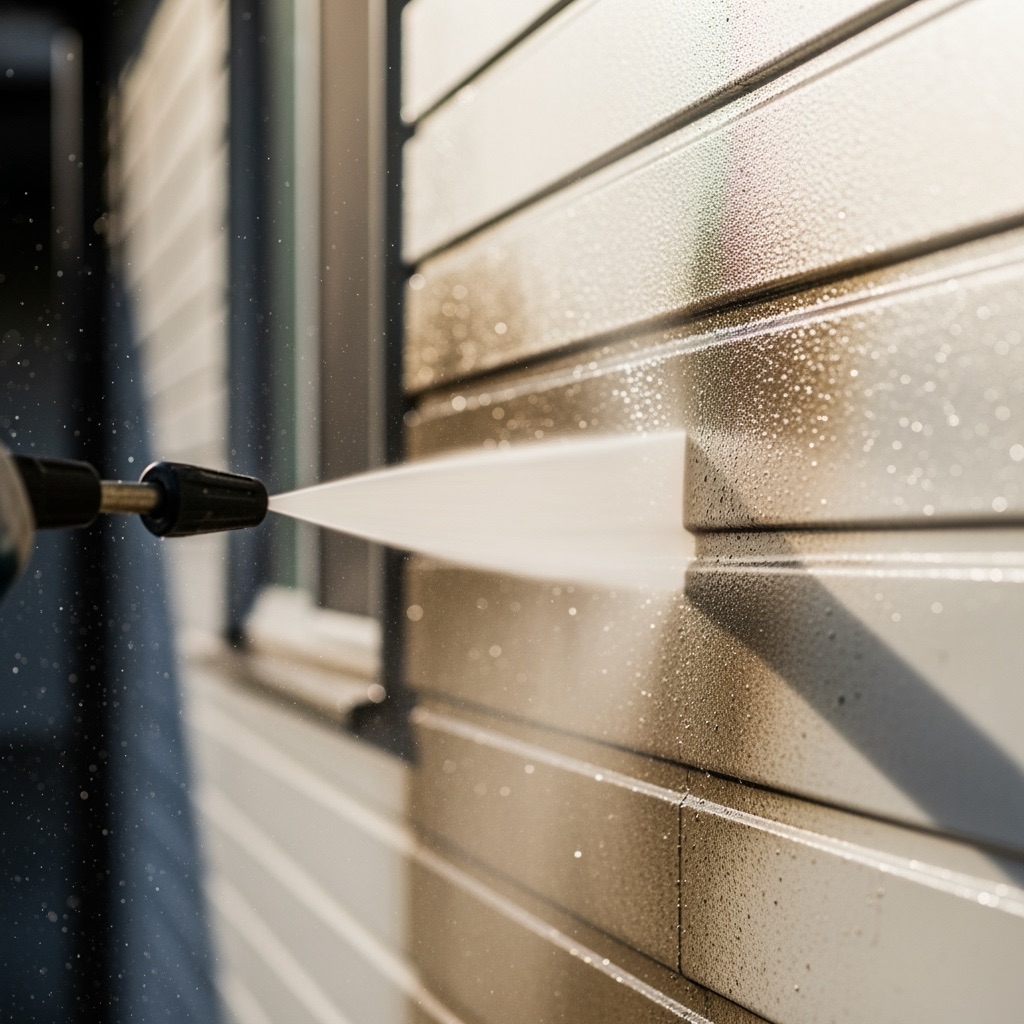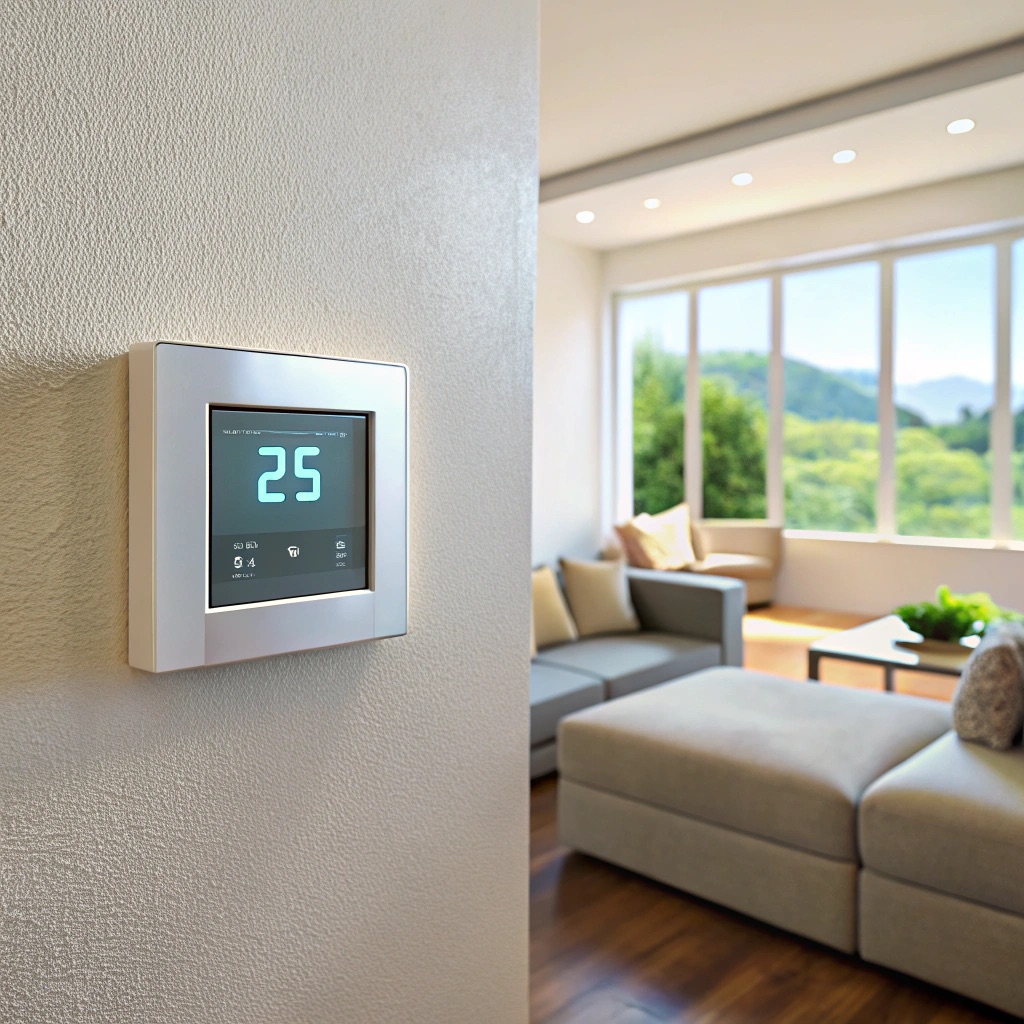Last updated on
Concrete floors are durable, easy to customize and increasingly popular in modern homes — not only in the garage. However, they’re not maintenance-free. Routine care goes a long way toward keeping your cement floors safe, clean and flawless-looking.
What's Inside
Signs of Damaged Concrete Floors

Watch for these early signs that your flooring needs attention and avoid costly repairs later.
- Cracks: Hairline cracks may be cosmetic, but wider ones can point to structural shifts or moisture problems.
- Discoloration: Uneven color patches can result from water damage, chemical spills or wear on a topcoat.
- Flaking or chipping: Also called spalling, this phenomenon often results from freeze-thaw cycles or poor installation and exposes the aggregate under the top layers.
- Pitting: Small, deep holes on the surface can come from de-icing salts and abrasive cleaners.
- Dull finish: Your sealant might have broken down if your formerly glossy floor now looks flat and chalky.
Spot-Treating Everyday Damage
Spills and stains are part of daily living, and whether you drop hot oil or a skillet, quick treatment is your best defense. Start by using a clean rag or paper towel to blot — not wipe — the spill. Sprinkle baking soda or kitty litter on engine oil or brake fluid to absorb residue before cleaning. Avoid using anything acidic or bleach-based, especially on coated or stained concrete.
Treat nicks in indoor spaces by filling them with a cement patching product. Lightly sand the area, clean off dust and apply the patch with a putty knife. Deeper gouges require recoating of the whole area.
Cleaning Concrete
You don’t need a special cleaner for day-to-day upkeep. Use some warm water, a soft mop and a little patience. Sweep and vacuum weekly to remove dust, pet hair and grit that can dull the finish. Use a dampened microfiber mop with a few drops of pH-neutral cleaner. Too much soap doesn’t clean — it streaks.
Dry thoroughly to prevent water stains or slippery spots. Never scrub aggressively or leave water sitting on the surface, as doing so can strip away treatments.
Curative Maintenance and Repairs for Your Concrete Floor
Even well-maintained floors need a refresh every few years. Recoating it can restore the shine and protect the surface if yours looks faded or scratched.
Recoating Concrete
Recoating requires a clean area, so start with a thorough cleaning and preparation by degreasing the surface and checking it for nicks and scratches that need refilling. Light sanding promotes adhesion between the cement and the sealing product. Always follow the manufacturer’s instructions on how and when to apply it.
Polyurea vs. Epoxy Coating
If you struggle with dampness and water vapor, your best option may be a polyurea coating, which blocks water ingress. This sealant resists contamination from microorganisms and bacteria, so it won’t get moldy, making it ideal for humid garages, high-moisture bathrooms or kitchens. It’s also suitable for workshop floors and surfaces because it’s more durable and flexible than epoxy.
Epoxy is a widely available, budget-friendly option. It’s excellent for indoor use but can turn yellow over time, especially with regular sun exposure, as it becomes brittle in UV light. Heavy-duty projects benefit from multiple coatings, but be cautious about moisture exposure, as dampness affects sealant adherence. You can confirm whether your floor is dry enough for an epoxy coating with correct preparation and a dampness check.
To perform a moisture test, you can use a hygrometer, which usually requires drilling a hole into the concrete for the sensor. Alternatively, you can put down a plastic sheet and securely tape it so no moisture can escape. You’ll know the floor is dry if there’s no sign of condensation inside the sheeting after 24 hours.
Concrete Care Don’ts
Since cement floors are porous, inappropriate cleaning products can seep in and do extensive damage. Avoid using bleach, which is harsh and may break down sealants. Ammonia is too intense for regular use, and it may stain the surface finish. Vinegar and lemon juice are acidic and can erode polished or coated concrete. Degreasers with solvents can corrode epoxy and stain finishes.
Your best option is to use a pH-neutral cleaner. If you’re unsure, test a small, out-of-sight corner to ensure you don’t ruin your floor.
Long-Term Cleaning Tips
Practical habits can further extend your floors’ lifespan. To start, place doormats at entryways to reduce grit and water tracking. Use felt pads under furniture to prevent scratching. Quickly clean spills like oil and battery acid so they don’t have time to stain. Reseal your floors every couple of years, depending on wear and traffic.
Classic Concrete Care
Maintaining concrete doesn’t take a degree in cleaning, but it does require consistency. A few minutes of weekly attention helps you preserve your floors’ qualities for years without sacrificing style or function.




